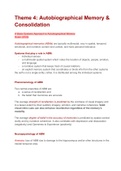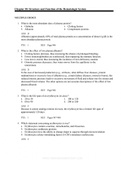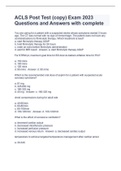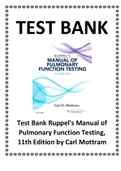Samenvatting
3.5 Memory Theme 4: Autobiographical Memory and Consolidation (Summary)
- Instelling
- Erasmus Universiteit Rotterdam (EUR)
Summarises the following articles: 1. A Basic-Systems Approach to Autobiographical Memory, Rubin (2005) 2. A Neurocognitive Perspective on the Forms and Functions of Autobiographical Memory Retrieval, Sheldon et al. (2019) 3. Sleep-dependent memory consolidation, Stickgold (2005) 4. Forgetting ...
[Meer zien]








